
1. The engine body group is the installation of various mechanisms, systems and other components of the engine. The foundation, and it is also the assembly matrix of the crank connecting rod mechanism, gas distribution mechanism, fuel supply system, cooling system and lubrication system. ( 2) Gas distribution mechanism The gas distribution mechanism is composed of valve group and valve transmission group.
2. Cylinder, 12-cylinder, 16-cylinder, of course, these engines will have L-in-line, V-type and W-type layouts respectively. As we usually see, there are basically in-line three-cylinder engines, in-line four-cylinder engines, in-line six-cylinder engines, v-type six-cylinder engines, v-type eight-cylinder engines, etc.
3. Modern car engines mostly adopt four-cylinder, six-cylinder and eight-cylinder engines.
4. Inventory of automobile engine maintenance knowledge. Common engine faults. First of all, pay attention to the maintenance of the running-in period, which is the basis for extending the service life of the engine. Be careful of the two common diseases of the engine: 1) Engine wear.
5. Basic knowledge of automobile engine maintenance. Daily maintenance. Check the oil surface height inside the oil pan. If it is insufficient, it should be added to the specified line. Check the amount of cooling water. Check the stability of the engine connection and the tightness of the accessory device. Keep the engine clean and do the necessary scrubbing.
6. The engine is the heart of a car. Once the engine fails, the car often has to lie down. The economy, power, emission and environmental protection of the whole vehicle are all related to the operation of the engine.Therefore, maintaining the engine is the first task of maintaining the car.
First of all, the intake of the turbine chamber is connected to the engine exhaust manifold, and the exhaust port is connected to the exhaust pipe. Then the intake port of the supercharger is connected to the air filter pipe, and the exhaust port is connected to the intake manifold. Finally, the turbine and impeller are installed in the turbine chamber and the supercharger respectively, and the two are rigidly connected.
The working principle of the four-stroke gasoline engine is to mix air and gasoline in a certain proportion into a good mixture. In the intake stroke, it is sucked into the cylinder. The mixture is compressed and ignited to produce heat energy. The high-temperature and high-pressure gas acts on the top of the piston, pushing the piston to make a reciprocating linear motion, through the connecting rod, The crankshaft flywheel mechanism outputs mechanical energy to the outside.
Assuming that the object is 75 kg fixed, then 2PS can achieve a high level of moving two meters per second, which shows that the greater the horsepower, the stronger the performance of the vehicle, because the weight of the car body is constant, so a car with excellent performance requires high horsepower.
◥Basic working principle of turbocharging system (motion diagram) The animation above is the complete basic working principle of the turbocharging engine. After the previous introduction, readers must have fully understand the principle of turbocharging. In this picture, we add new devices. That's right, that's the cooler.
Mechanical principle of manual transmission cars Manual transmission cars mainly refer to cars equipped with manual transmission. The operator changes the gear meshing position in the transmission through the manual transmission lever, and then changes the transmission ratio, and finally achieves the purpose of changing speed.Therefore, the physical characteristics of the car engine determine the characteristics of the gearbox.
Engine Overall Structure Diagram Engine Lubrication System Structure Diagram Engine Gas Distribution Mechanism Connecting Mechanism Structure Diagram Engine Body Structure Diagram Engine Cooling System Structure Diagram This is the structure diagram of the car engine. If you can't appreciate it yet, please take a look at the next most comprehensive internal structure diagram of the automobile system in history.
The structure diagram of the automobile engine is as follows: the engine consists of two major mechanisms: crank connecting rod mechanism and gas distribution mechanism, as well as five major systems such as cooling, lubrication, ignition, fuel supply and start-up system. The main components include cylinder block, cylinder head, piston, piston pin, connecting rod, crankshaft, flywheel, etc.
Virtual reality engine structure diagram In order to meet the needs of horizontal installation of high-power engines in medium and low-end vehicles, a VR engine has been developed. The six cylinders are arranged at an angle of 15 degrees and installed in a short engine cylinder block that is not too wide. This kind of engine is different from the earlier design, with only one cylinder head.
Engine structure diagram (1) Engine appearance diagram The engine appearance diagram is shown in the figure below. The engine is usually composed of cylinder block, cylinder head, connecting rod, crankshaft, camshaft, valve, piston, piston ring and other components.
The engine is a complex machine composed of many structures and systems. Its structural types are diverse, but because the basic working principle is the same, its basic structure is similar. The overall structure diagram of the engine is shown below.
Gasoline engines usually consist of two mechanisms and five systems, while diesel engines lack ignition systems. The structure diagram of the gasoline engine is shown in the figure below. Crank connecting rod mechanism The crank connecting rod mechanism is the core mechanism of the engine to realize thermal function conversion.

The structural diagram of the automobile engine is as follows: the engine is composed of two major mechanisms: crank connecting mechanism and gas distribution mechanism, as well as five major systems such as cooling, lubrication, ignition, fuel supply and start-up system. The main components include cylinder block, cylinder head, piston, piston pin, connecting rod, crankshaft, flywheel, etc.
Engine overall structure diagram, engine lubrication system structure diagram, engine gas distribution mechanism connecting rod mechanism structure diagram, engine body structure diagram, engine cooling system structure diagram, this is the structure diagram of the automobile engine. If you can't appreciate it yet, please take a look at the next most comprehensive internal structure diagram of the automobile system in history.
The throttle valve is a controllable valve that controls the air entering the engine. After the gas enters the intake pipe, it will be mixed with gasoline into a combustible mixture, thus burning the workmanship.It is connected to the air filter above and the engine cylinder block below, which is known as the throat of the car engine.
Data-driven export licensing compliance-APP, download it now, new users will receive a novice gift pack.
1. The engine body group is the installation of various mechanisms, systems and other components of the engine. The foundation, and it is also the assembly matrix of the crank connecting rod mechanism, gas distribution mechanism, fuel supply system, cooling system and lubrication system. ( 2) Gas distribution mechanism The gas distribution mechanism is composed of valve group and valve transmission group.
2. Cylinder, 12-cylinder, 16-cylinder, of course, these engines will have L-in-line, V-type and W-type layouts respectively. As we usually see, there are basically in-line three-cylinder engines, in-line four-cylinder engines, in-line six-cylinder engines, v-type six-cylinder engines, v-type eight-cylinder engines, etc.
3. Modern car engines mostly adopt four-cylinder, six-cylinder and eight-cylinder engines.
4. Inventory of automobile engine maintenance knowledge. Common engine faults. First of all, pay attention to the maintenance of the running-in period, which is the basis for extending the service life of the engine. Be careful of the two common diseases of the engine: 1) Engine wear.
5. Basic knowledge of automobile engine maintenance. Daily maintenance. Check the oil surface height inside the oil pan. If it is insufficient, it should be added to the specified line. Check the amount of cooling water. Check the stability of the engine connection and the tightness of the accessory device. Keep the engine clean and do the necessary scrubbing.
6. The engine is the heart of a car. Once the engine fails, the car often has to lie down. The economy, power, emission and environmental protection of the whole vehicle are all related to the operation of the engine.Therefore, maintaining the engine is the first task of maintaining the car.
First of all, the intake of the turbine chamber is connected to the engine exhaust manifold, and the exhaust port is connected to the exhaust pipe. Then the intake port of the supercharger is connected to the air filter pipe, and the exhaust port is connected to the intake manifold. Finally, the turbine and impeller are installed in the turbine chamber and the supercharger respectively, and the two are rigidly connected.
The working principle of the four-stroke gasoline engine is to mix air and gasoline in a certain proportion into a good mixture. In the intake stroke, it is sucked into the cylinder. The mixture is compressed and ignited to produce heat energy. The high-temperature and high-pressure gas acts on the top of the piston, pushing the piston to make a reciprocating linear motion, through the connecting rod, The crankshaft flywheel mechanism outputs mechanical energy to the outside.
Assuming that the object is 75 kg fixed, then 2PS can achieve a high level of moving two meters per second, which shows that the greater the horsepower, the stronger the performance of the vehicle, because the weight of the car body is constant, so a car with excellent performance requires high horsepower.
◥Basic working principle of turbocharging system (motion diagram) The animation above is the complete basic working principle of the turbocharging engine. After the previous introduction, readers must have fully understand the principle of turbocharging. In this picture, we add new devices. That's right, that's the cooler.
Mechanical principle of manual transmission cars Manual transmission cars mainly refer to cars equipped with manual transmission. The operator changes the gear meshing position in the transmission through the manual transmission lever, and then changes the transmission ratio, and finally achieves the purpose of changing speed.Therefore, the physical characteristics of the car engine determine the characteristics of the gearbox.
Engine Overall Structure Diagram Engine Lubrication System Structure Diagram Engine Gas Distribution Mechanism Connecting Mechanism Structure Diagram Engine Body Structure Diagram Engine Cooling System Structure Diagram This is the structure diagram of the car engine. If you can't appreciate it yet, please take a look at the next most comprehensive internal structure diagram of the automobile system in history.
The structure diagram of the automobile engine is as follows: the engine consists of two major mechanisms: crank connecting rod mechanism and gas distribution mechanism, as well as five major systems such as cooling, lubrication, ignition, fuel supply and start-up system. The main components include cylinder block, cylinder head, piston, piston pin, connecting rod, crankshaft, flywheel, etc.
Virtual reality engine structure diagram In order to meet the needs of horizontal installation of high-power engines in medium and low-end vehicles, a VR engine has been developed. The six cylinders are arranged at an angle of 15 degrees and installed in a short engine cylinder block that is not too wide. This kind of engine is different from the earlier design, with only one cylinder head.
Engine structure diagram (1) Engine appearance diagram The engine appearance diagram is shown in the figure below. The engine is usually composed of cylinder block, cylinder head, connecting rod, crankshaft, camshaft, valve, piston, piston ring and other components.
The engine is a complex machine composed of many structures and systems. Its structural types are diverse, but because the basic working principle is the same, its basic structure is similar. The overall structure diagram of the engine is shown below.
Gasoline engines usually consist of two mechanisms and five systems, while diesel engines lack ignition systems. The structure diagram of the gasoline engine is shown in the figure below. Crank connecting rod mechanism The crank connecting rod mechanism is the core mechanism of the engine to realize thermal function conversion.

The structural diagram of the automobile engine is as follows: the engine is composed of two major mechanisms: crank connecting mechanism and gas distribution mechanism, as well as five major systems such as cooling, lubrication, ignition, fuel supply and start-up system. The main components include cylinder block, cylinder head, piston, piston pin, connecting rod, crankshaft, flywheel, etc.
Engine overall structure diagram, engine lubrication system structure diagram, engine gas distribution mechanism connecting rod mechanism structure diagram, engine body structure diagram, engine cooling system structure diagram, this is the structure diagram of the automobile engine. If you can't appreciate it yet, please take a look at the next most comprehensive internal structure diagram of the automobile system in history.
The throttle valve is a controllable valve that controls the air entering the engine. After the gas enters the intake pipe, it will be mixed with gasoline into a combustible mixture, thus burning the workmanship.It is connected to the air filter above and the engine cylinder block below, which is known as the throat of the car engine.
Grain imports HS code data trends
author: 2024-12-23 07:22Cotton (HS code ) trade insights
author: 2024-12-23 06:57Advanced materials HS code classification
author: 2024-12-23 05:48HS code filtering for restricted items
author: 2024-12-23 05:14Dynamic customs duty calculation
author: 2024-12-23 04:58Optimizing distribution using HS code data
author: 2024-12-23 07:08Refined metals HS code references
author: 2024-12-23 06:56HS code compliance for Nordic countries
author: 2024-12-23 06:04How to validate supplier compliance
author: 2024-12-23 04:52 Real-time customs inspection logs
Real-time customs inspection logs
313.21MB
Check How to refine supply chain visibility
How to refine supply chain visibility
324.67MB
Check Polymer resins HS code verification
Polymer resins HS code verification
582.33MB
Check export data analytics
export data analytics
846.55MB
Check HS code-based supply risk mitigation
HS code-based supply risk mitigation
785.26MB
Check HS code advisory for inbound compliance
HS code advisory for inbound compliance
117.38MB
Check HS code-based inventory forecasting
HS code-based inventory forecasting
873.84MB
Check Cotton (HS code ) trade insights
Cotton (HS code ) trade insights
373.46MB
Check Country trade missions and HS code references
Country trade missions and HS code references
284.34MB
Check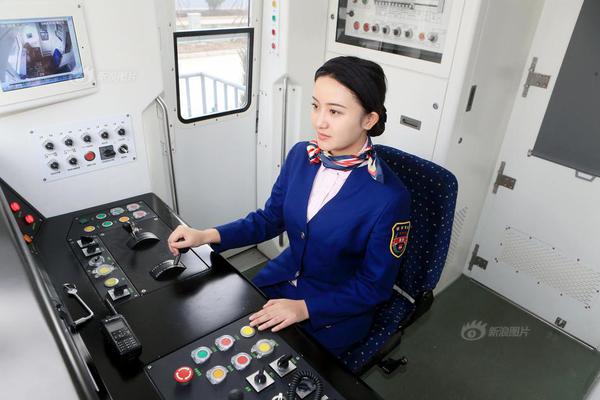 HS code-based customs valuation tools
HS code-based customs valuation tools
963.48MB
Check How to interpret global trade indicators
How to interpret global trade indicators
132.69MB
Check Detailed trade data mapping tools
Detailed trade data mapping tools
795.41MB
Check Trade data for industrial raw materials
Trade data for industrial raw materials
434.69MB
Check Real-time import export alerts
Real-time import export alerts
774.79MB
Check Commodity-specific import licensing data
Commodity-specific import licensing data
749.52MB
Check HS code advisory for inbound compliance
HS code advisory for inbound compliance
255.58MB
Check How to evaluate free trade agreements
How to evaluate free trade agreements
318.94MB
Check Germany export data by HS code
Germany export data by HS code
232.82MB
Check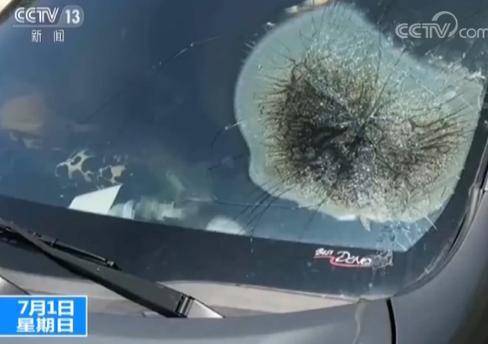 HS code mapping to trade agreements
HS code mapping to trade agreements
298.83MB
Check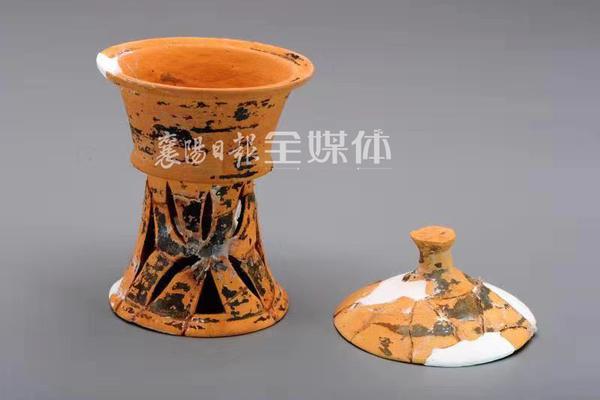 Trade data for pharmaceuticals supply chain
Trade data for pharmaceuticals supply chain
415.29MB
Check Dynamic customs duty calculation
Dynamic customs duty calculation
875.97MB
Check HS code-driven cross-border e-commerce
HS code-driven cross-border e-commerce
232.78MB
Check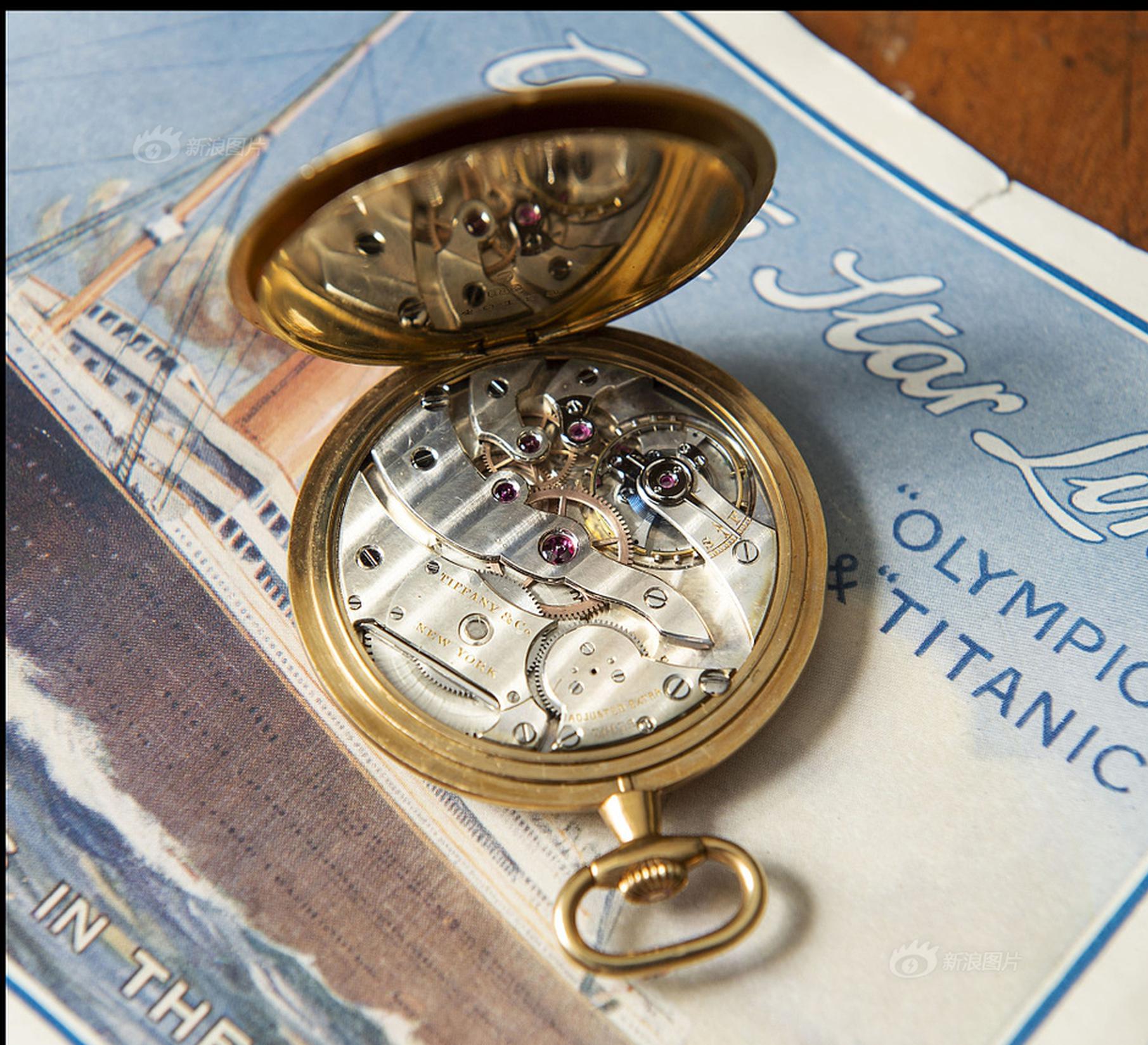 Global trade shipping route optimization
Global trade shipping route optimization
454.25MB
Check HS code-based FTA utilization
HS code-based FTA utilization
838.57MB
Check Global trade scenario planning
Global trade scenario planning
118.16MB
Check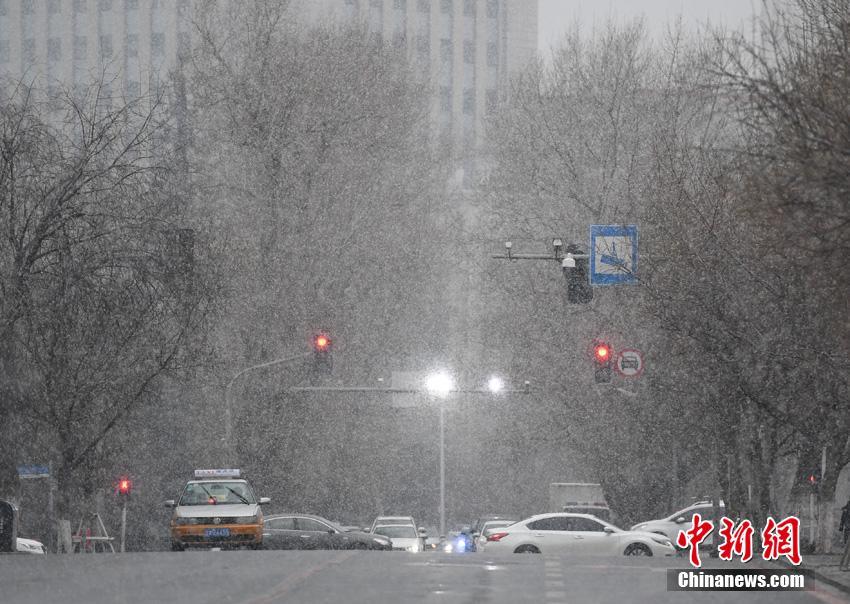 Industry benchmarking via HS codes
Industry benchmarking via HS codes
172.98MB
Check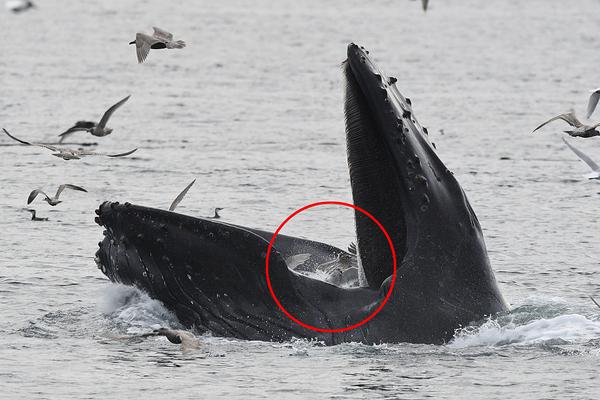 HS code classification for electronics
HS code classification for electronics
275.76MB
Check Europe import export statistics
Europe import export statistics
714.85MB
Check Country of import HS code variations
Country of import HS code variations
683.61MB
Check HS code-based supply chain digitization
HS code-based supply chain digitization
276.37MB
Check How to find reliable importers and exporters
How to find reliable importers and exporters
234.25MB
Check How to simplify export documentation
How to simplify export documentation
498.18MB
Check Mineral fuels HS code data analysis
Mineral fuels HS code data analysis
119.84MB
Check HS code-driven procurement strategies
HS code-driven procurement strategies
296.45MB
Check Global supplier scorecard templates
Global supplier scorecard templates
542.39MB
Check Global trade pattern recognition
Global trade pattern recognition
383.96MB
Check
Scan to install
Data-driven export licensing compliance to discover more
Netizen comments More
297 Real-time container throughput data
2024-12-23 06:44 recommend
2291 Bio-based plastics HS code classification
2024-12-23 06:20 recommend
2588 Energy sector HS code compliance
2024-12-23 05:39 recommend
2164 How to access protected trade databases
2024-12-23 05:30 recommend
1731 Global trade index visualization
2024-12-23 04:58 recommend